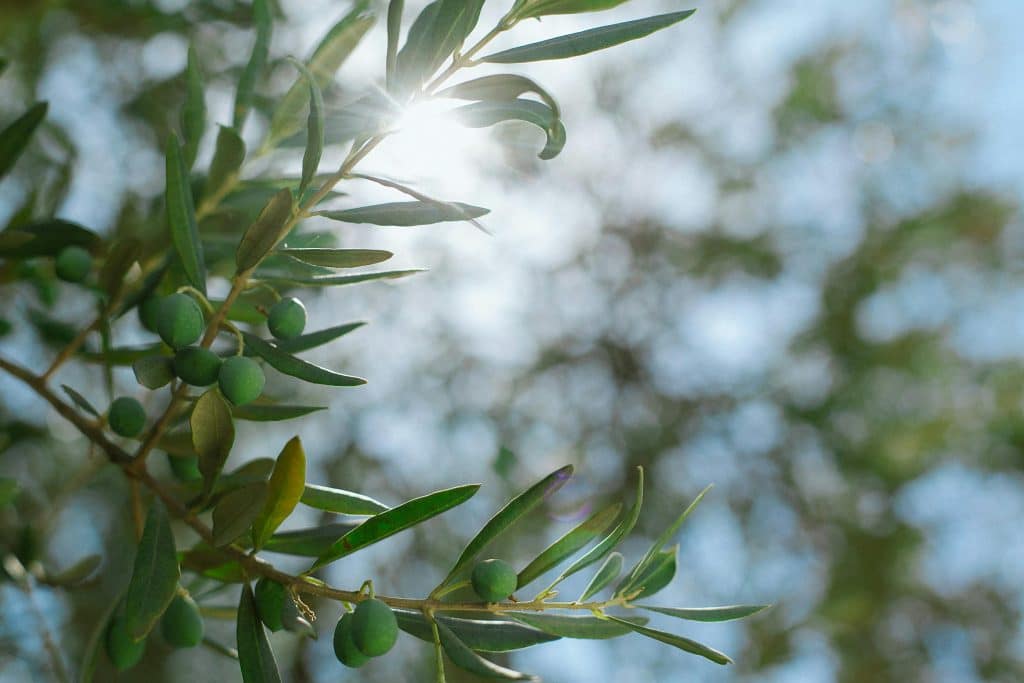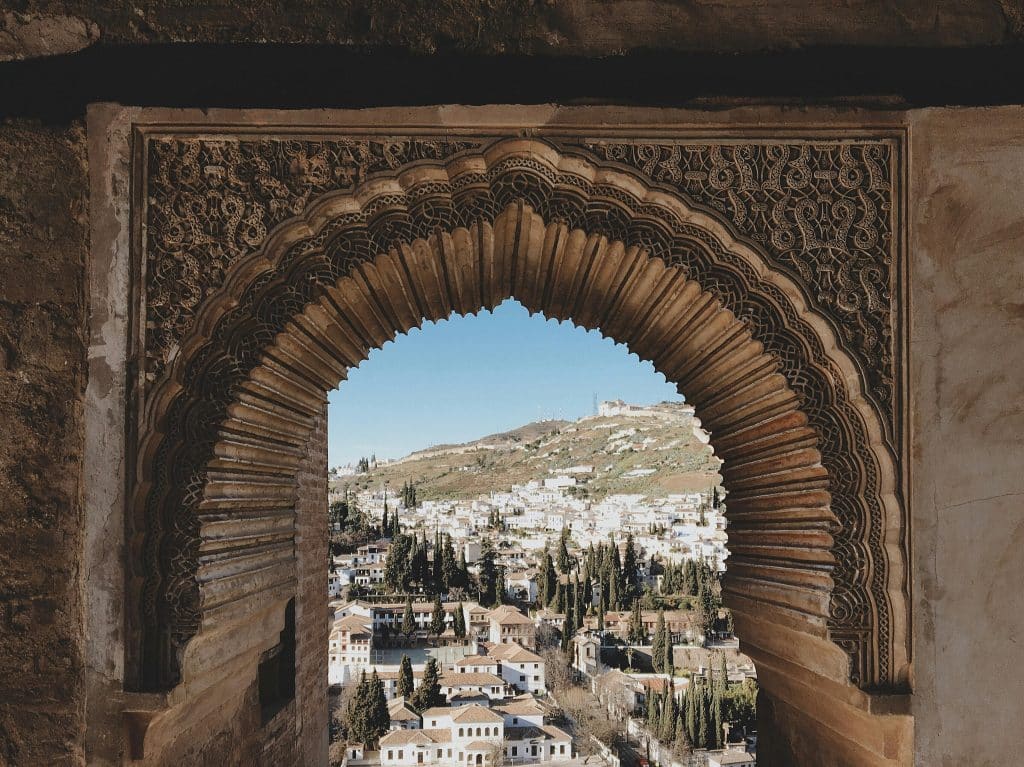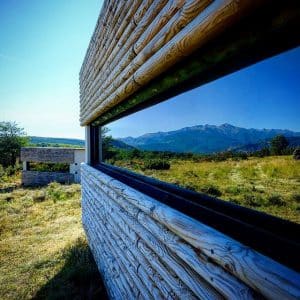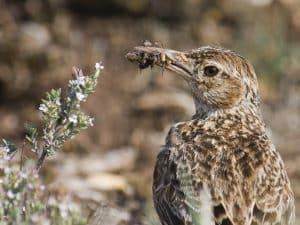Mediterranean
Landscape
The Spanish Mediterranean landscape is a captivating blend of azure coastlines, golden beaches, and picturesque coves, framed by rugged cliffs and lush vegetation. Olive groves and vineyards dot the rolling hills, while citrus orchards fill the air with their sweet fragrance. Whitewashed villages perch on hilltops, exuding a timeless charm. The sun-drenched terrain evokes a sense of tranquility and invites exploration.
Flora
The Spanish Mediterranean flora showcases a diverse array of plant life, adapted to the region’s warm, arid climate. Resilient shrubs like rosemary and lavender flourish alongside drought-tolerant species such as cacti and succulents. Olive trees, iconic to the landscape, dominate with their silvery foliage. Pine and cypress trees provide verdant contrasts against the coastal backdrop. This hardy vegetation thrives in the challenging Mediterranean environment, contributing to the region’s unique biodiversity.


Fauna
The Mediterranean region in Spain is home to a variety of captivating wildlife species. Among them are the Iberian lynx, a critically endangered feline species, and the elusive European badger, known for its distinctive black and white markings. Wild boars roam the woodlands, while the graceful roe deer can be spotted in clearings. Additionally, red foxes and elusive genets add to the region’s rich biodiversity.
The Spanish Mediterranean region teems with diverse birdlife. Seabirds like gulls and cormorants grace the coastal cliffs, while elegant flamingos wade in salt pans. Raptors like eagles and falcons dominate the skies, and songbirds like nightingales serenade the countryside. Wetlands provide a residence for herons, storks, and various waterfowl species. This rich avian diversity thrives amidst the stunning coastal landscapes of Spain.
Beneath the surface, the Mediterranean Sea teems with life. The Posidonia seagrass beds are vital habitats for several species, from seahorses to loggerhead sea turtles. The Balearic Shearwater, an elegant seabird, navigates these waters with precision. Its distinctive black cap and graceful flight make it a sight to behold. Together, these creatures form a remarkable mosaic of life in the Spanish Mediterranean, a testament to the resilience of nature.
Culture and gastronomy
The Spanish Mediterranean is a cradle of diverse cultures and a treasure trove of heritage. Its history is marked by the Phoenician, Roman, and Moorish influences that have left indelible imprints on its architecture, cuisine, and traditions. The Alhambra, an opulent Moorish palace in Granada, stands as a testament to this rich past, with its intricate arabesques and serene courtyards. In Valencia, the futuristic City of Arts and Sciences harmoniously juxtaposes modernity with ancient roots, showcasing the region’s commitment to innovation while honoring its historical legacy.
Cuisine is a lively part of the Mediterranean way of life, intricately woven into its cultural fabric.. Paella, born in the Valencian rice fields, is a beloved dish celebrated worldwide. Olive oil, a cornerstone of the Mediterranean diet, flows through the groves of Andalusia and Catalonia. Festivals, such as La Tomatina in Buñol or the Fallas in Valencia, reflect a joyful exuberance and a deep-rooted sense of community. The Spanish Mediterranean’s cultural kaleidoscope, with its traditions, gastronomy, and celebrations, invites visitors to embark on a sensory journey through time.

Recommended Mediterranean Experiences
- North Spain
- Fully custom
- Fully custom
from
- pp
- North Spain
- Min 4 - Max 8
- 8 days / 7 nights
from
- pp




